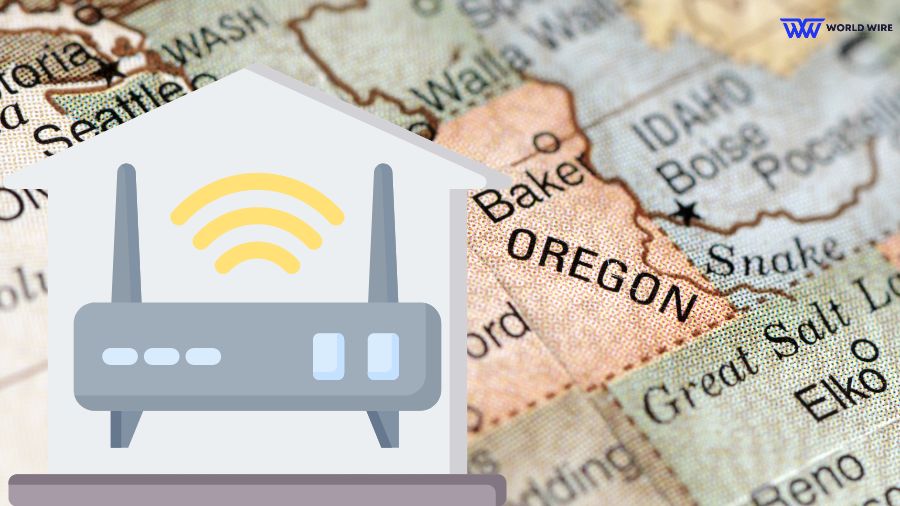The U.S. Treasury approved $149 million in Capital Projects Fund funding last year to cover the cost of rural broadband deployments in Oregon.
Oregon was one of the last states to have its CPF allotment approved. The funding was expected to cover more than 17,000 houses in the state.
Later this month, the Oregon Broadband Office anticipates opening applications for the $149 million received in funds to help pay for some of the expenses associated with bringing broadband to areas without high-speed access.
Although $156.7 million was allocated in total, some of that amount would be used for administrative expenses.
The funds are meant to be used for line extension, middle-mile networks, and bringing the internet to underserved and unserved areas.
To provide a clear context, a location without 25/3 Mbps service is referred to as unserved, and underserved areas are those where service is unavailable at speeds greater than 100/20 Mbps.
With these funds provided, the service providers are expected to deploy service at symmetrical speeds of 100 Mbps in these places.
Municipalities, private and for-profit entities, electric utilities, co-operatives, municipal affiliates, and non-profit organizations can apply for this funding.

A scoring system will determine awards, and points will be given for the thoroughness of the application and considering several infrastructure project aspects. Moreover, there is also a way to get additional bonus points.
What are those several infrastructure project parameters that will help you gain the upper hand in scoring? So let us explain that!
Deployment characteristics, service costs, and matching funding are among the infrastructure project parameters.
The scoring for deployment characteristics is determined as follows: You can earn two points for each unserved site and one point for every underserved site.
The scores given based on service cost are 5 points per location if 100/100 Mbps service costs $30 a month or less and 2 points per location if it costs between $30 and $50 a month.
Providers can also receive 50 points for each percentage point of the project’s overall costs that they will contribute.
Following the totaling of points, 5% of the overall project score is added for any of the four priorities listed below that the project satisfies:
- Regional scale consideration
- Muni/ Co-op/Non-profit affiliated
- High level of readiness
- Census block or tract with moderate to high social vulnerability.







Add Comment